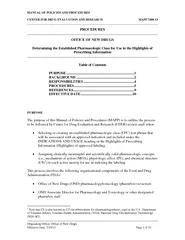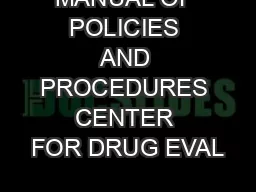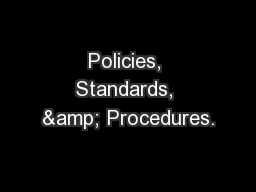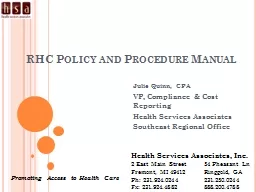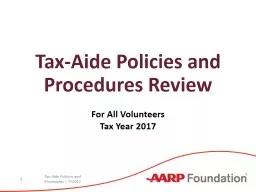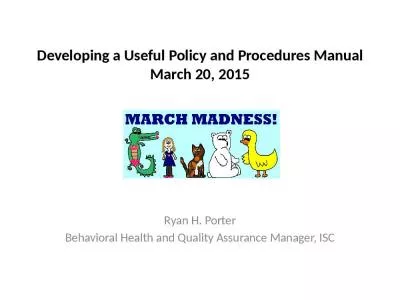PDF-MANUAL OF POLICIES AND PROCEDURES CENTER FOR DRUG EVAL
Author : phoebe-click | Published Date : 2015-06-12
13 PROCEDURES OFFICE OF NEW DRUGS Determining the Established Pharmacologi c Class for Use in the Highlights of Prescribing Information Table of Contents PURPOSE
Presentation Embed Code
Download Presentation
Download Presentation The PPT/PDF document "MANUAL OF POLICIES AND PROCEDURES CENTER..." is the property of its rightful owner. Permission is granted to download and print the materials on this website for personal, non-commercial use only, and to display it on your personal computer provided you do not modify the materials and that you retain all copyright notices contained in the materials. By downloading content from our website, you accept the terms of this agreement.
MANUAL OF POLICIES AND PROCEDURES CENTER FOR DRUG EVAL: Transcript
Download Rules Of Document
"MANUAL OF POLICIES AND PROCEDURES CENTER FOR DRUG EVAL"The content belongs to its owner. You may download and print it for personal use, without modification, and keep all copyright notices. By downloading, you agree to these terms.
Related Documents

